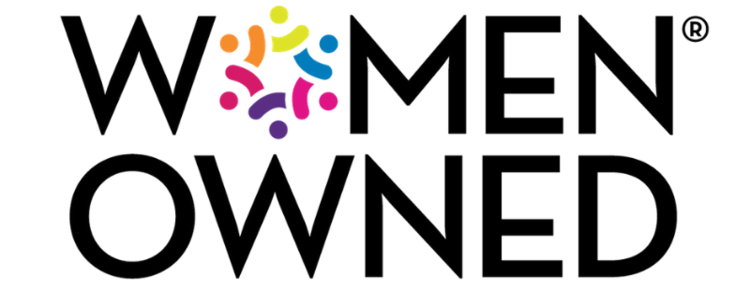A standardized writing process is the backbone of effective written communication within organizations. It not only ensures consistency but also enhances clarity, streamlines workflows, and elevates the quality of content. Better yet, it produces more reliable documents that can more predictably yield desired business results, like sales presentations and proposals that seal the deal; technical documents that successfully educate, instruct, and inform; and arguments and messaging that truly change minds and compel desired action.
Creating such an effective writing process, however, can be easier said than done. To facilitate the task, we developed the PROS™ framework - Problem, Readers, Outcomes, Strategy - as an approach to effective writing. We developed the PROS™ framework to ensure that the training we provide meets the needs of the organization. It also provides a great structure for formulating writing standards, workflows, and operating processes that will help the organization successfully meet its goals.
Problem (P): Define the writing problem(s) you need to solve.
The foundation is any formal writing process is understanding the challenges the process needs to resolve. Bear in mind that good writing is more than good grammar. Crafting a writing process isn’t about solving grammatical issues. Instead, it’s about aligning corporate strategy, operations, workflows, and personnel. It’s about solving deeper dysfunctions than just not knowing where to put your commas. Your writing process needs to formalize writing best practices that account for your organization’s idiosyncrasies and unique situations and needs.
This task can challenge organizations that can easily recognize the symptoms of dysfunction but not necessarily accurately diagnose the cause. Those who are inexpert at writing will also usually struggle to identify and tailor the writing best practices that will best serve their needs.
Nevertheless, identifying the specific challenges, gaps, or pain points you’re facing is always the place to start. From there, however, it may be helpful to consult with a writing doctor, a consultant or trainer who specializes in professional writing. It’s important to tease out whether the writing problems you’re facing are process-, strategy-, or people-related. The ideal help here is someone who can both accurately diagnose and then prescribe solutions.
Readers (R): Understand your audience on more than just a superficial level.
Ultimately, your writing process is less about your writers than it is about your readers. If you want your writing to be successful – if each document is to achieve its intended goal – it doesn’t matter if it works for the writer. It only matters if it works for the reader. Creating a writing process is the perfect time to ensure the reader is always front and center of every writing project.
Here, we recommend spending some time analyzing your audience. Who are they? What are their needs, preferences, and expectations? Knowing your readers enables you to tailor your content to resonate with them effectively. This is another area where a writing doctor can help because they can connect the dots between different kinds of readers and how you need to structure and compose documents to reach them.
Outcomes (O): Clarify the outcomes; that is, what you want your reader to do.
Shockingly few organizations articulate what they want their writing to achieve. What do you want your readers to know, feel, or do after engaging with your content? Setting clear goals guides the direction of your writing.
Your organizational objectives should be seamlessly embedded into your writing process. Every writer should know exactly how to approach every writing project to produce the outcomes you want. That’s only possible if you and all your writers actually know what you want to achieve. Otherwise, writing production turns haphazard. Some documents will land successfully. Others will miss spectacularly.
Strategy (S): Develop a strategy to address the identified problem(s) and achieve the desired outcomes.
Here’s where all the dots get connected: you’ve identified your challenge(s) to solve, your audience(s) to reach, and your target goal(s) to hit. How you align your writing process and workflows with your audience to solve those challenges and achieve those objectives is your strategy.
Bear in mind, that the strategy inherent in your writing process should govern the writing from start to finish.
- Build alignment so all the different parts of the organization – leadership, individual writers, different departments, or teams – work in tandem rather than at odds.
- Ensure you have documented processes to follow so that new hires can quickly get up to speed on how your organization handles its writing projects.
- Create standard operating procedures that govern the writing process itself.
- Standardize the post-writing review, feedback, editing, and approval process. Revisions are where the "real" writing happens, yet this stage is one of the most vulnerable to dysfunction.
Creating a formal, standardized writing process is a strategic investment that pays dividends in improved communication, consistency, and efficiency. By starting with alignment, adopting the PROS framework, and carefully managing the post-writing phase, organizations can elevate the quality of their written materials and enhance their overall effectiveness.
To learn more about our PROS™ framework – and how you can use it to develop a powerhouse writing process – contact Hurley Write for a no-obligation consultation.


